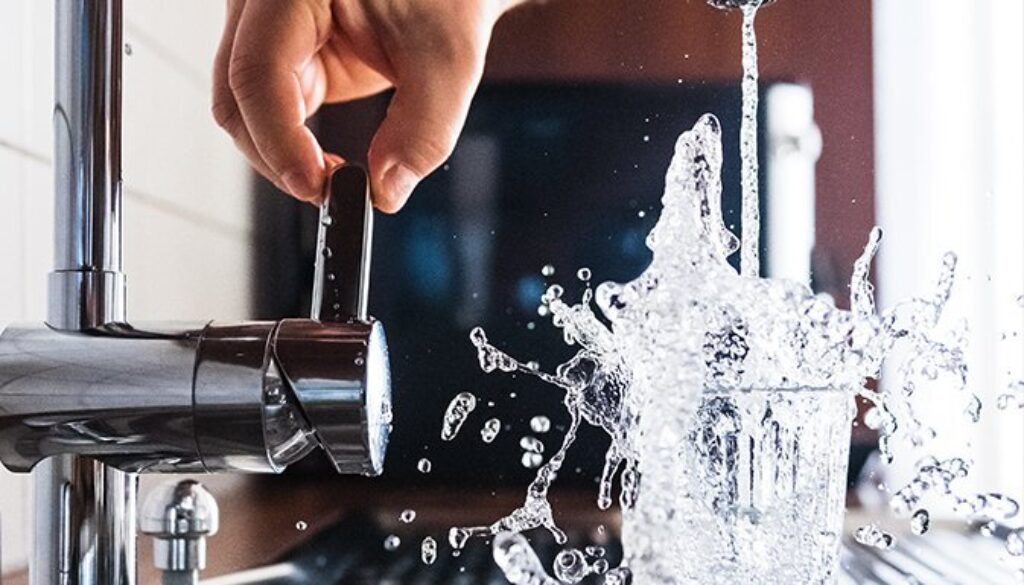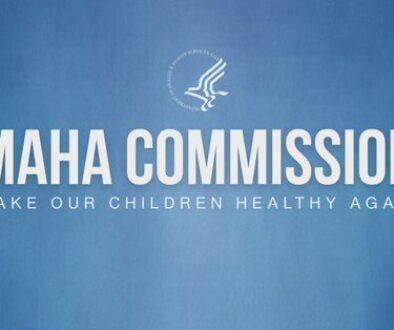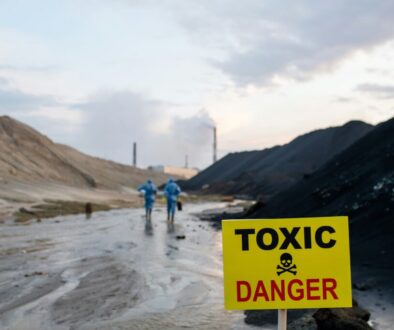Postcard from California: State falling short on promise of clean water

In 2012, California became the first US state to establish a legal right to clean water.
The law declares that “every human being has the right to safe, clean, affordable, and accessible water adequate for human consumption, cooking, and sanitary purposes.”
The law is less a mandate than an ideal: It requires state agencies to consider the right to water in all decisions, but explicitly says it does not obligate the state to provide or pay for safe water.
Now, ten years since the law’s enactment, a state oversight agency’s investigation shows how far short of its aspiration California has fallen.
In July, a report from the California State Auditor found that nearly 1 million Californians lack access to safe drinking water.
The report, based on data from the California State Water Resources Control Board, says 920,000 Californians get their drinking water from 370 failing public water systems – utilities whose water doesn’t meet legal limits on harmful contaminants or that can’t provide enough water to meet their customers’ needs. Another 423 systems, serving more than a million people, are at risk of failing.
Failing systems
In the last five years, the number of failing systems has increased by more than a third, and the average wait for systems to receive state cleanup grants has almost doubled, to just under three years.
Almost 90 percent of Californians served by failing water systems live in just nine counties, including seven counties in the agricultural heartland of the San Joaquin Valley. Most failing systems are in lower-income communities of color, with sizable populations of Latino farmworkers.
The report says Californians served by failing systems face increased risks of cancer, reproductive difficulties, and liver, kidney and nervous system problems. Toxic contaminants common to those systems include arsenic, nitrates and pesticides, all linked in part to farm runoff.
And the risks fall on many more people than the official data suggest.
California’s legal limits on drinking water contaminants are often stricter than the US Environmental Protection Agency’s. But too often there is a big gap between what’s legally allowed by the Water Board and what the state’s scientists say would fully protect public health.
For example, one widespread contaminant singled out in the auditor’s report is the now-banned pesticide DBCP, which at low doses can make men sterile and is also a probable cause of cancer. The state’s legal limit for DBCP in drinking water is more than 600 times what scientists at the California Office of Health Hazard Assessment (OEHHA) say would pose a negligible health risk over a lifetime.
At a recent rally clean water laws held at the state capitol, Zenaida Montes described the water supplied to her home in Fresno as “pure sickness.”
“All the water in Fresno, it’s really bad,” Montes, in Spanish, told Capitol Public Radio. “[I have to] buy gallons of water to make food, for everything.”
According to the nonprofit the Environmental Working Group’s Tap Water Database, Montes’ water meets all state legal limits. But it has 165 times the level of arsenic, 37 times the level of DBCP and 22 times the level of nitrate OEHHA deems safe over a lifetime.
The farming factor
California produces three-fourths of America’s fruits and nuts, and more than a third of its vegetables, with the lion’s share of many crops grown in the San Joaquin Valley, where I live. Agriculture is indispensable to our economy, but its dark side is the region’s clean water crisis, worsened by California’s historic drought.
The San Joaquin Valley is a near-desert. It became one of the world’s most productive farming regions only because of taxpayer-subsidized irrigation water, diverted from the state’s rivers by a vast network of canals.
But as the drought has severely curtailed that source, farmers have rapaciously tapped into groundwater aquifers deep underground. As farmers drill ever deeper and water is pumped from the aquifers, the Valley floor is sinking, in some places as much as a foot a year.
That not only means harmful farm chemicals more readily leach into public water supplies, but also that many smaller, shallower community and private wells that draw from the aquifers are running dry.
A Los Angeles Times investigation found that last year, farmers drilled more than 630 new agricultural wells, mostly in the valley. Meanwhile, the California Department of Water Resources reported that almost 1,000 private wells went dry.
The state has established regional agencies to manage groundwater, but they have until 2034 to implement plans to limit pumping and protect private wells. In August, a bill to require applicants for drilling new agricultural wells to prove they wouldn’t negatively impact existing wells stalled in the state assembly.
“Lack of urgency”
According to the auditor’s report, last year the Water Board budgeted more than $1.4 billion for drinking water programs. The report blasted the long, arduous process that troubled water systems must go through to get funds, saying the Water Board has shown “a lack of urgency to provide needed assistance.”
Yes, greater urgency in distributing funds is needed. But with the severity of the crisis, the state should do more to help failing water systems and the Californians served by them.
It’s not for lack of money.
The state budget for 2021-2022 was $262.5 billion, which means about half of 1 percent went to ensure the right to safe water. This year’s budget surplus is almost $100 billion.
In a state that boasts of being the world’s fifth-largest economy, it is shameful that a fundamental human right is a hollow promise for so many. California can –and must – do better.
- Bill Walker has more than 40 years of experience as a journalist and environmental advocate. He lives in California’s San Joaquin Valley.
(Opinion columns published in The New Lede represent the views of the individual(s) authoring the columns and not necessarily the perspectives of TNL editors.)



